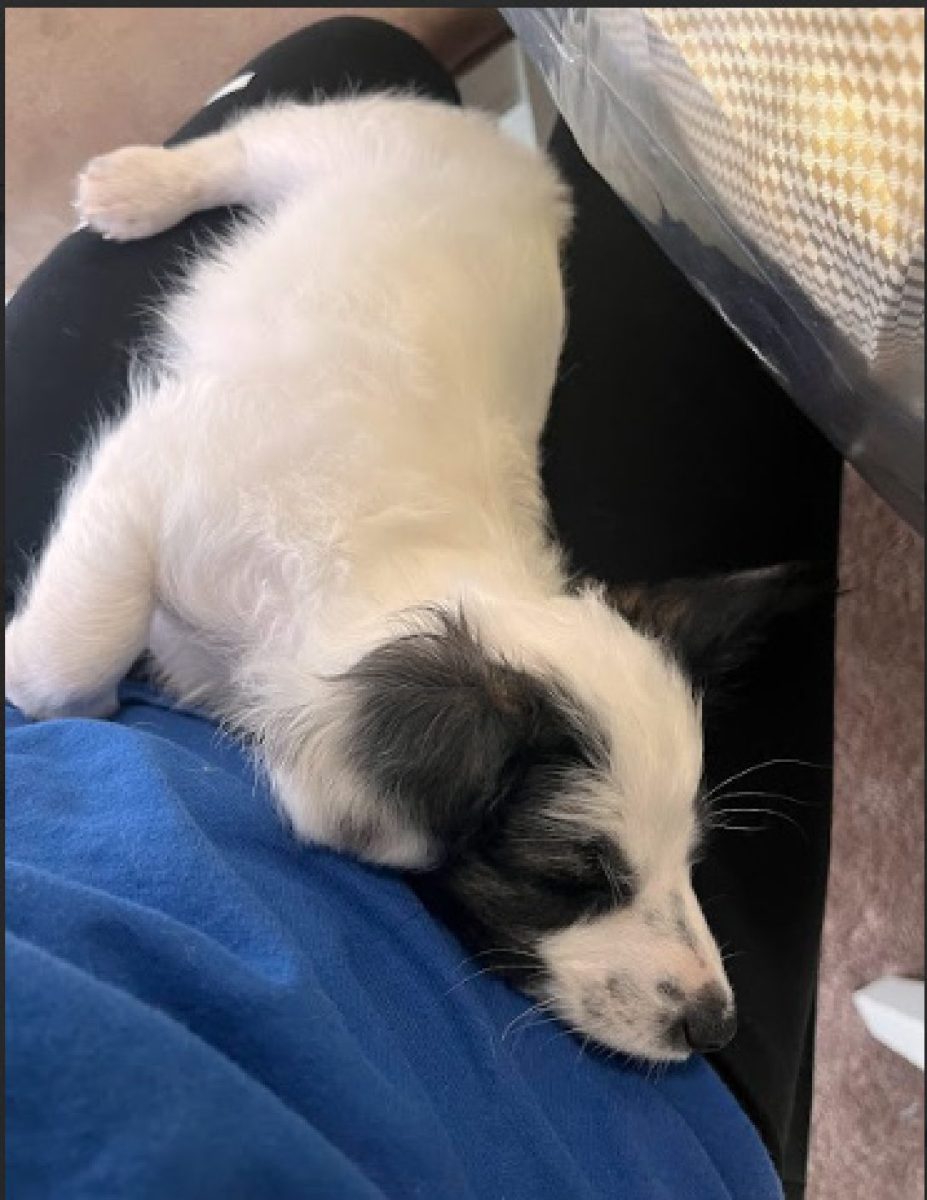There is currently a second moon orbiting the earth and science is still trying to understand it.
While many “mini moons” have entered our atmosphere before, this one is pretty unique due to the fact that it won’t complete a full rotation; instead it will make a U shape then it will just leave. According to Sci.News we get these mini moons from the huge quantity of NEO, or Near Earth Objects. There are two kinds of NEO: flybyers, and orbiters. The current one (2024 PT5, or PT5
for short) is a flybyer, the main difference is that flybyers tend to only do at maximum half an orbit before leaving earth’s gravity while orbiters tend to complete one – three full rotations.
Now while PT5 won’t really affect us physically, Mr.Gaspari brought up a great point: “It’s how we know something is happening at NASA,” which is good because a lot of people feel like NASA just sits there doing nothing, when every day, they are looking deeper and deeper into the space that our home calls a home. One of the craziest things about PT5 is this is not the first time we are going to see it; scientists have predicted (based on the flight paths of other similar NEOs) that in the year 2055 PT5 will come back around and re-enter our gravitational field, becoming a mini moon for a second time.
In the past we have had many mini moons all throughout the years. According to Sci.News In 2006, 2006 RH120 entered our atmosphere for a year and 2020CD3 left in 2020 but stayed in orbit for “several years”. As for the Flybyers, there was 1991VG which entered 1992, and 2022 NX1 entered both in 1981,2022 and is predicted to return in 2051, the current mini moon (PT5) is actually supposed to follow pretty much the same path as NX1. While it may seem like we know a lot about these temporary mini moons, we actually only know how they get there, how they get out, and roughly how many we’ve had in the past few years. We still don’t have a way to confirm the chemical compounds or their origins, two things that could further our understanding of the universe. In the future there will be more mini moons and, as said prior, some returning ones. However if we are able to find ways to stop and grab them we could harvest the metals that make up the moons, which could lessen the need to mine on our planet. If you are interested in astronomy this just might be your chance to learn about an astrological event that is currently happening.
Although you can’t see PT5 unless you use long exposure photography, there is a lot of information out there to learn more about not just PT5 but the other NEOs that surround us, all you have to do is put down your phone and look up.


















